How to Fall Asleep Fast: 7 Doctor-Recommended Methods That Actually Work
Last updated: September 2025
Staring at the ceiling at 2 AM again? You’re not alone. Nearly 70 million Americans struggle with sleep disorders, and about 30% of adults experience short-term insomnia at some point in their lives, according to the American Sleep Association.
If you’ve been googling “how to fall asleep fast” at ungodly hours, this article is your lifeline. I’ve gathered the most effective, science-backed methods that sleep specialists actually recommend to their patients – not just generic advice you’ve heard a thousand times.
Why Can’t You Fall Asleep? The Real Culprits Behind Your Sleepless Nights
Before diving into solutions, let’s understand what’s keeping you up. Your inability to fall asleep quickly usually stems from one of these common causes:
Stress and Racing Thoughts: Your mind won’t shut off because your body is still in “fight or flight” mode. When you’re stressed, your brain produces cortisol (the stress hormone), which directly interferes with melatonin production – your body’s natural sleep chemical.
Poor Sleep Hygiene: This isn’t about showering before bed (though that helps too). Sleep hygiene refers to your daily habits that affect sleep quality. Things like irregular bedtimes, screen time before sleep, and caffeine too late in the day all mess with your body’s internal clock, called your circadian rhythm.
Environmental Factors: Your bedroom might be working against you. Room temperature, noise levels, and light exposure all play crucial roles in how quickly you fall asleep.
Physical Discomfort: An uncomfortable mattress, the wrong pillow, or even what you ate for dinner can keep you tossing and turning.
Now, here’s what actually works when you need to fall asleep fast:
1. The 4-7-8 Breathing Technique (Works in Under 2 Minutes)
This method, popularized by Dr. Andrew Weil, is like a natural tranquilizer for your nervous system. Here’s how it works:
- Inhale through your nose for 4 counts
- Hold your breath for 7 counts
- Exhale completely through your mouth for 8 counts
- Repeat 3-4 times
Why it works: This technique activates your parasympathetic nervous system (your body’s “rest and digest” mode) while reducing cortisol levels. A 2019 study published in the Journal of Clinical Medicine found that controlled breathing exercises significantly improved sleep quality in participants within just one week.
Pro tip: Don’t worry if you feel slightly lightheaded the first few times – that’s normal. Your body is learning to relax deeper than usual.
2. Progressive Muscle Relaxation (The Military Secret)
The U.S. military developed this technique to help soldiers fall asleep in combat zones within 2 minutes. Here’s the civilian version:
Step by step:
- Start with your face: Scrunch all your facial muscles tight for 5 seconds, then release
- Move to your shoulders: Tense them up to your ears, hold, then let go
- Continue down your body: Arms, chest, stomach, legs, and feet
- Focus on the contrast between tension and relaxation
The science: Progressive muscle relaxation reduces both physical tension and mental stress. Research from Harvard Medical School shows this technique can reduce sleep onset time (how long it takes to fall asleep) by up to 50%.
3. The “Mental Shuffle” Technique
Developed by cognitive scientist Dr. Luc Beaudoin, this method tricks your brain into falling asleep by giving it a boring task.
How to do it:
- Pick a random word (like “BEDTIME”)
- For each letter, think of objects that start with that letter
- Visualize each object clearly for a few seconds
- B: Banana, Bicycle, Book… E: Elephant, Envelope, Engine…
Why it works: This technique prevents your mind from engaging in “problem-solving” thoughts that keep you awake. Instead, it occupies your brain with mundane imagery that doesn’t trigger emotional responses.
4. Temperature Regulation (The 65-Degree Rule)
Your body temperature naturally drops as bedtime approaches, signaling to your brain that it’s time to sleep. You can hack this process:
Optimal bedroom temperature: 65-68°F (18-20°C) Cool shower trick: Take a warm shower 90 minutes before bed. As your body temperature drops afterward, you’ll feel naturally sleepy Cooling pillow: Keep your head and neck cool – these areas have lots of blood vessels close to the skin
The research: A study from the University of South Australia found that people fell asleep 36% faster when their core body temperature was lowered by just 1-2 degrees.
5. The 20-Minute Rule (Stop Fighting Your Brain)
If you’ve been lying in bed awake for more than 20 minutes, get up. This might sound counterproductive, but it’s one of the most effective techniques sleep specialists recommend.
What to do instead:
- Go to another room
- Do a quiet, non-stimulating activity (read a boring book, gentle stretching)
- Return to bed when you feel sleepy
- Repeat if necessary
The psychology: Staying in bed while awake creates a mental association between your bed and wakefulness. By getting up, you maintain the connection between bed and sleep only.
6. Strategic Light Exposure (Reset Your Internal Clock)
Light is the most powerful regulator of your circadian rhythm. Here’s how to use it strategically:
Morning light exposure: Get 15-30 minutes of bright light within an hour of waking up. This sets your internal clock and improves nighttime sleep quality.
Evening light reduction: Start dimming lights 2-3 hours before bedtime. Use warm, orange-tinted bulbs instead of cool, blue light.
Blue light blocking: If you must use devices, wear blue light blocking glasses or use apps like f.lux on your computer.
Scientific backing: Research published in the Journal of Clinical Investigation shows that proper light exposure can advance your sleep phase by up to 2 hours, helping you fall asleep earlier naturally.
7. The Cognitive Shuffle + Mindfulness Combo
Combine mindfulness with mental distraction for maximum effectiveness:
The technique:
- Lie comfortably and close your eyes
- Take 3 deep breaths
- Start counting backward from 1000 by 7s (1000, 993, 986…)
- If your mind wanders, gently return to counting
- Don’t worry about accuracy – the goal is mental occupation
Why this works: Counting requires just enough mental effort to prevent anxiety-provoking thoughts, but not enough to keep you fully alert. Studies show that mindfulness-based interventions can reduce sleep onset time by an average of 8-10 minutes.
When These Techniques Don’t Work: Red Flags to Watch For
Sometimes, difficulty falling asleep indicates a more serious issue. Consult a healthcare provider if you experience:
- Chronic insomnia: Unable to fall asleep 3+ nights per week for over 3 months
- Sleep apnea symptoms: Loud snoring, gasping during sleep, morning headaches
- Restless leg syndrome: Uncomfortable sensations in your legs that worsen at night
- Persistent daytime fatigue: Even after a full night’s sleep
- Depression or anxiety symptoms: Sleep problems often accompany mental health issues
Quick-Start Sleep Routine (Try Tonight)
Ready to put this into practice? Here’s a simple routine you can start tonight:
2-3 hours before bed:
- Dim the lights throughout your house
- Set your bedroom temperature to 65-68°F
- Avoid large meals, caffeine, and alcohol
1 hour before bed:
- Take a warm shower or bath
- Put away all screens
- Do light stretching or reading
In bed:
- Try the 4-7-8 breathing technique (3-4 cycles)
- If not asleep within 20 minutes, get up and do a quiet activity
- Return to bed when sleepy and repeat breathing technique
The Bottom Line
Falling asleep fast isn’t about finding one magic trick – it’s about creating the right conditions for your body and mind to naturally transition into sleep mode. The techniques above work because they address the root causes of sleep difficulties: physical tension, mental stimulation, and environmental factors.
Start with one or two methods that resonate with you rather than trying everything at once. Most people see improvement within 3-7 days of consistent practice.
Remember, good sleep is not a luxury – it’s essential for your physical health, mental wellbeing, and overall quality of life. If you continue to struggle with falling asleep despite trying these techniques for several weeks, don’t hesitate to consult with a sleep specialist or your healthcare provider.
Sweet dreams start with the right approach. Tonight, instead of counting sheep, try counting your breaths, relaxing your muscles, or shuffling through mental images. Your future well-rested self will thank you.
Sources: American Sleep Association, Journal of Clinical Medicine, Harvard Medical School Sleep Division, University of South Australia Sleep Research, Journal of Clinical Investigation
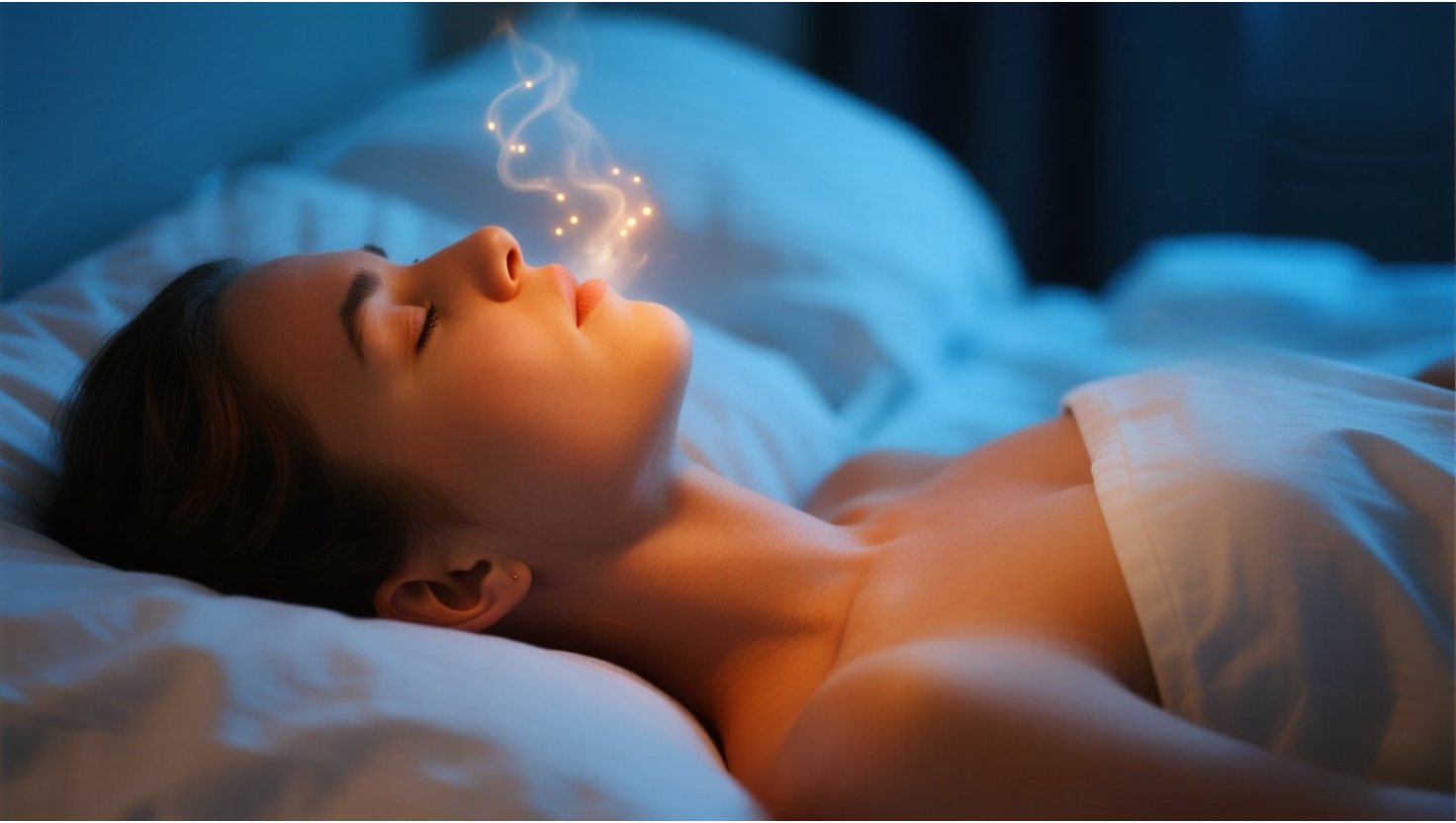

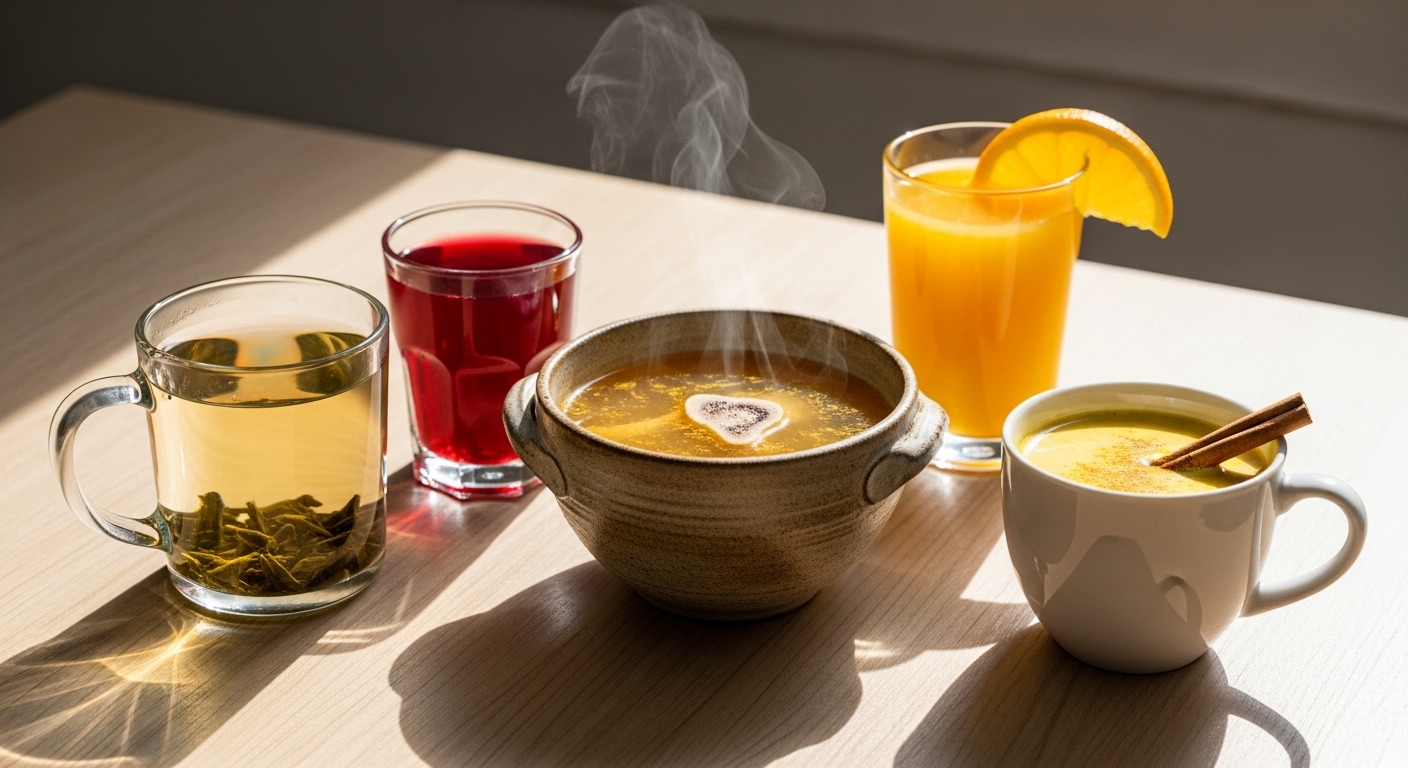
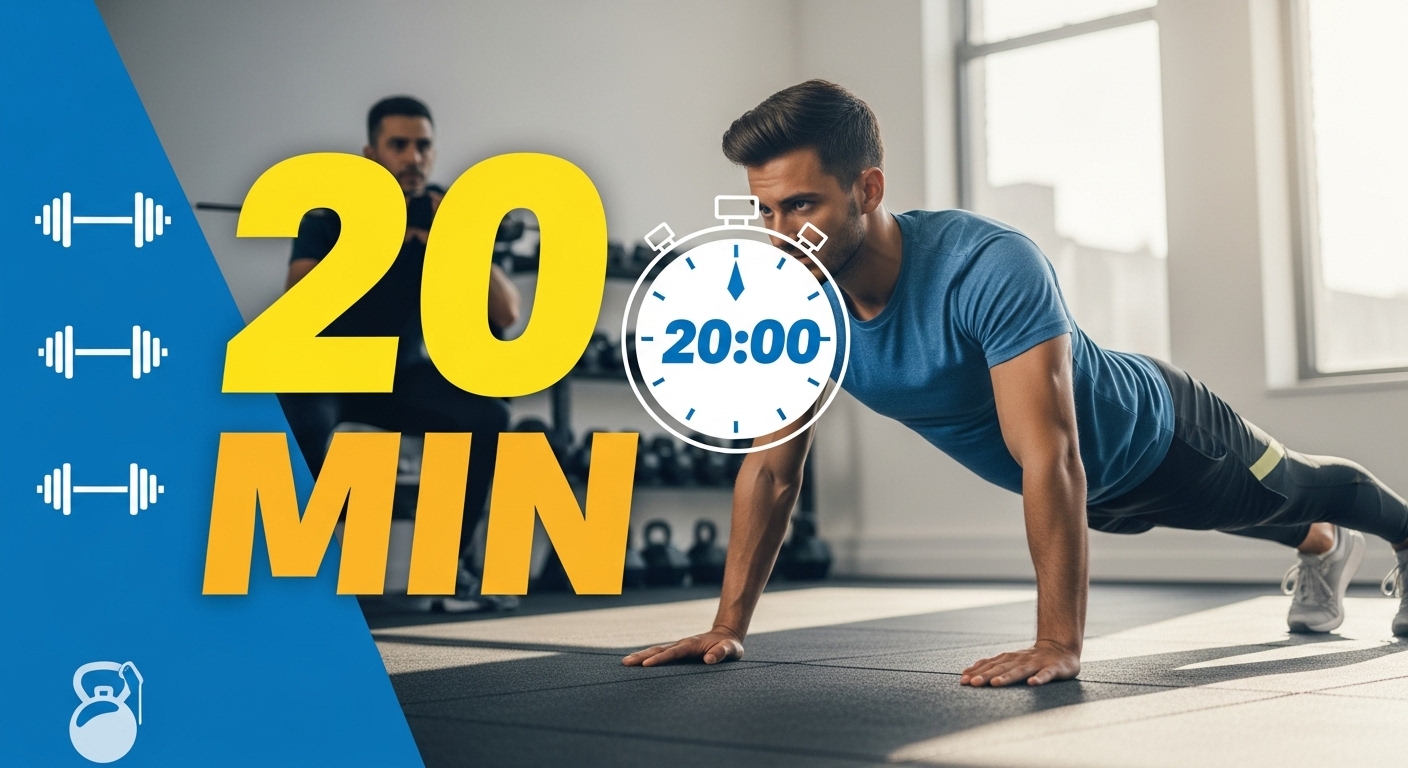


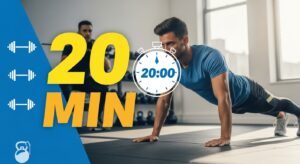



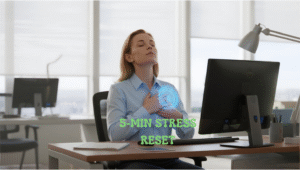
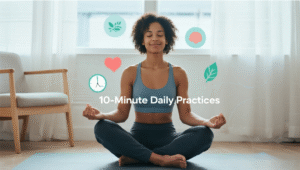


Post Comment